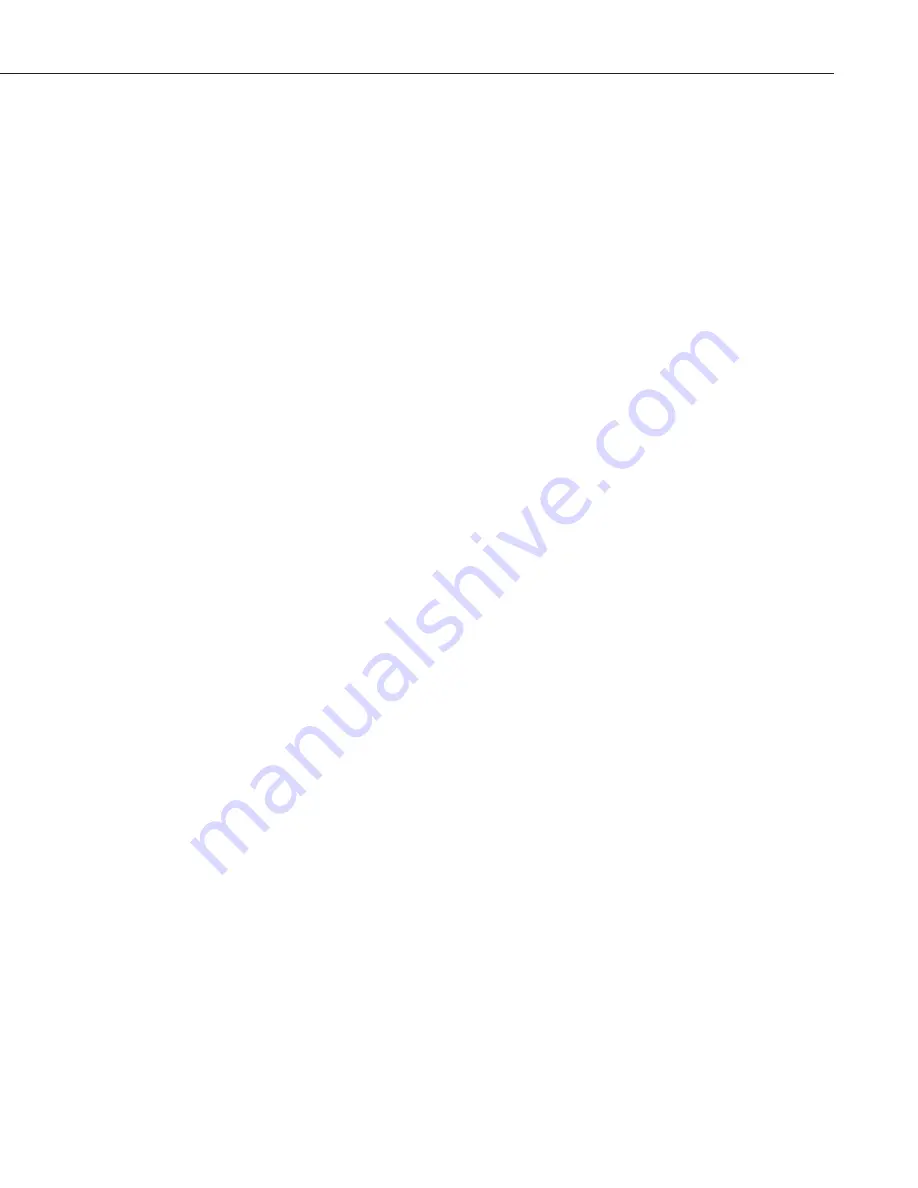
ARG100 Tipping Bucket Rain Gauge
9
2. Check that the gauge is still level.
3. Check that the balance arm is free to move. This can be done by slowly
pouring a measured quantity of water (say 25 cm
3
) through the gauge and
counting the tips. It is worthwhile carrying this out at regular weekly inter-
vals (for example, every Monday at 0900) while leaving the gauge
connected to the datalogger. Providing a significant volume of water is
used, these weekly checks can easily be identified in the logged
measurements. This simple procedure confirms that the gauge is
functioning, detects any marked change in the calibration and (if carried out
punctually) introduces an independent time check into the records.
7. Calibration
The sensitivity of the ARG100 is set at manufacture to approximately
0.2 mm/tip and each gauge is subsequently calibrated as described in Section
7.1. The calibration factor is given on a certificate and is also recorded on the
inside of the rain gauge. For precise measurements use this value in your
program instead of the nominal value of 0.2.
7.1 Static Adjustment and Calibration
The following procedure is carried out during manufacture and may be
repeated if the calibration appears to have shifted:
1. Install the gauge over a sink unit as illustrated in Figure 2, ensuring that it
is correctly levelled.
2. Adjust the two calibration screws under the tipping buckets until the
balance arm tips in response to the correct amount of water dripped from a
burette or pipette (10.13 cm
3
for 0.2 mm sensitivity, 12.67 cm
3
for
0.25 mm).
It is not possible to set the screws very precisely using this method, but it
should be done with as much care as possible. It is obviously very important to
ensure that both buckets tip in response to the same amount of water. Many
manufacturers and users of tipping bucket gauges aim to adjust the bucket
settings until exactly the correct calibration is achieved. However, a dynamic
test (see below) is required to check this calibration precisely after each
readjustment and the process becomes very time-consuming. In any case, it is
virtually impossible to get the adjustments absolutely correct, and it is
generally preferable to adjust the settings as closely as is reasonably practical,
and then to derive a calibration factor for each gauge individually.
7.2 Dynamic
Calibration
1. Set up the gauge as illustrated in Figure 7-1, carefully levelled and
connected to the datalogger.
2. Fill the water container with 810.4 cm
3
of water for a 0.2 mm calibration.
This is usually achieved most precisely and consistently by weighing the
water on a scale capable of measuring to 0.1 g (0.1 cm
3
). An alternative is
to use a good quality graduated measuring cylinder.
3. Allow the water to drip slowly into the gauge (allowing approximately 100
minutes for the container to empty). This is a rate equivalent to a rainfall
of 10 mm/hour, as recommended in BS7843 Section 2.1 for calibration




















